The ultimate aim of sim-racing is to reduce the gap between simulator driving and circuit driving, and I have to say that most setups come very close to doing just that. Over the years, sim-racing players have come up with peripherals largely inspired by motor racing to offer us better sensations and total immersion, often in return for a colossal financial effort on our part. If you can afford the ultimate in sim-racing, you’ll find it hard to tell the difference between reality and fiction. We’re talking DD chainstays, hydraulic cranksets and FIA-approved Quick Release.
Speaking of QR, there’s been some change since the start of 2023, and we’re going to look at that in more detail.
Fanatec’s QR2

Fanatec recently presented its brand new Quick Release system called QR2. The QR2 replaces the QR1, with an all-new Base Side and Wheel Side. The QR2 is available in 3 versions: the QR2 Lite, the QR2 and the QR2 Pro.
Gone is the circular fastening system with balls and all. Here we have a design similar to that used by Simucube, with a rectangular Base Side and 2 safety tabs on the sides. There’s always a ring to pull towards you to remove the QR or put it in place, and the operation takes about ten seconds if you take it easy. This brand-new QR is just excellent, whether in terms of installation, use or fastening, which is very solid indeed.
The QR2 Lite is still made of composite, i.e. plastic, and will be fitted to CSL steering wheels, with a torque rating of up to 8 nm. The QR2, on the other hand, is made of aluminum, but die-cast to offer much greater resistance to bending. For the Pro version, we have CNC-machined aluminum, which is simply ultra-strong, in addition to having FIA homologation for use on racing cars.
The Simucube QR

Simucube is a very premium player in sim-racing, and this shows on all its peripherals. Since the manufacturer offers bases and steering wheels, you also need a QR. Simucube’s approach is atypical in the segment: instead of having a Wheel Side that “fits” into a Base Side, we have a system that fits into a kind of rail, with a safety pin that has to be inserted to lock the whole thing.
To swap a wheel, this solution is rather quick, but you risk losing parts in the heat of the action, like the safety pin for example. Inevitably, you’d say! Personally, I’m not a fan of this QR because I’ve lost the pin and spent a few minutes just to find it 20 cm on the ground. Nevertheless, this solution is reputed to be very solid, durable and gives you the impression that the steering wheel is bolted to the base.
Simagic and Moza Racing QRs
I’m tackling the Simagic and Moza Racing QRs at the same time here, because they’re almost identical, to a fault. Honestly, I don’t know whether one copied the other’s work, or both brands developed it together, and that’s not the point. Anyway.
Simagic/Moza’s QR uses a system of 10 steel balls that grip the driveshaft in a vice to ensure a solid connection. And it is. Incidentally, this QR is inspired by those used on real racing cars, which brings us back to what I said earlier: sim-racing players draw a great deal of inspiration for their products from motor racing.
To swap a wheel, you need to pull a ring that releases the drive shaft held hostage by the steel balls. This operation will only take a few seconds, 10 at most, and will give you an ultra-rigid connection between the base and the flywheel. It won’t budge at all, believe me. In fact, I used to prefer this QR to Fanatec’s QR1, which uses the same bead system by the way, but whose connection level isn’t as high as that of Simagic or Moza. However, I’ve read many posts indicating that these QRs become less and less reliable over time.
QRs from Logitech and Thrustmaster
Given that Logitech and Thrustmaster have just entered the world of Direct Drive bases with the G Pro and T818, a new Quick Release system had to be developed.
For Logitech, this was imperative, as the brand didn’t offer a Quick Release in its range, or a steering wheel on its own for that matter. Logitech’s new QR is very much inspired by Fanatec’s QR, with springs acting as connectors between the wheel and the base. Currently, there’s only one steering wheel that comes with this QR, and that’s the one supplied with the G Pro bundle. But Logitech has promised us a whole ecosystem with its new base, and I can’t wait to see and test it.
As far as Thrustmaster is concerned, there is a new QR that comes with the T818 base, with the Quick Release “core” fitting into a channel and a safety pin holding it in place. The advantage of such a system is that, in theory, there’s no flexing on the sides thanks to the channel. But in practice, we don’t know, as there’s no steering wheel available with this new QR. To enable the use of its new base, the T818, Thrustmaster is offering a plastic adapter that will act as an interface between the wheels of the current range and the new base.
Honestly, and this applies to Logitech and Thrustmaster, it’s as if these two brands rushed to develop and market a Direct Drive base just to be present in the segment and compete with the others. It’s possible that both manufacturers are waiting to see how well their products sell before releasing Direct Drive-compatible steering wheels. Time will tell.
What’s the best QR then?
Well, it depends. First of all, you’ll be more or less limited by your base and wheels. The Moza/Simagic QR is apparently not designed to last very long. You’re likely to lose the safety pin on the Simucube one. And those from Logitech and Thrustmaster are currently absent.
Personally, I’d choose Fanatec’s QR2 for its vast catalog of peripherals and the fact that it will certainly be better than the QR1.

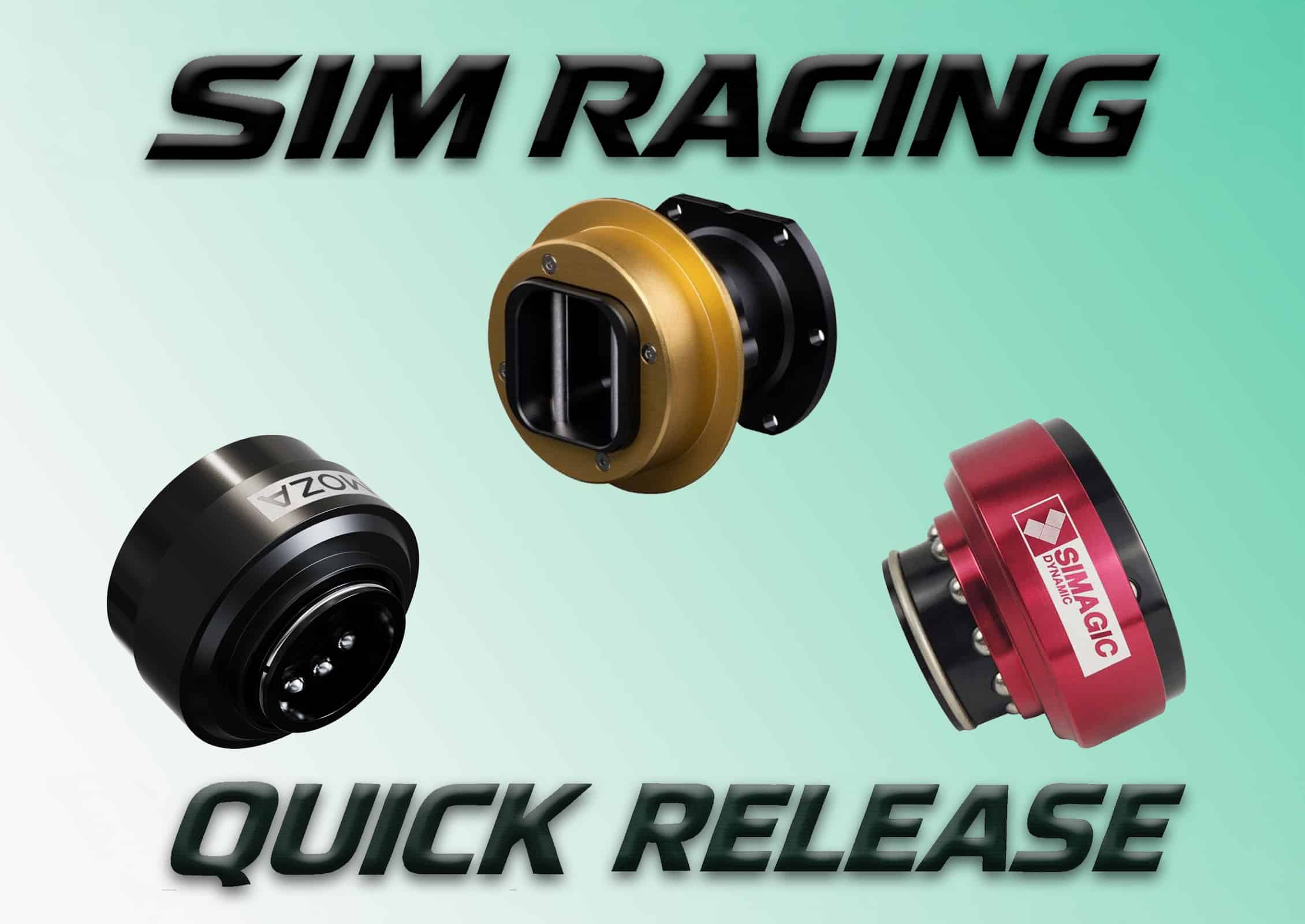
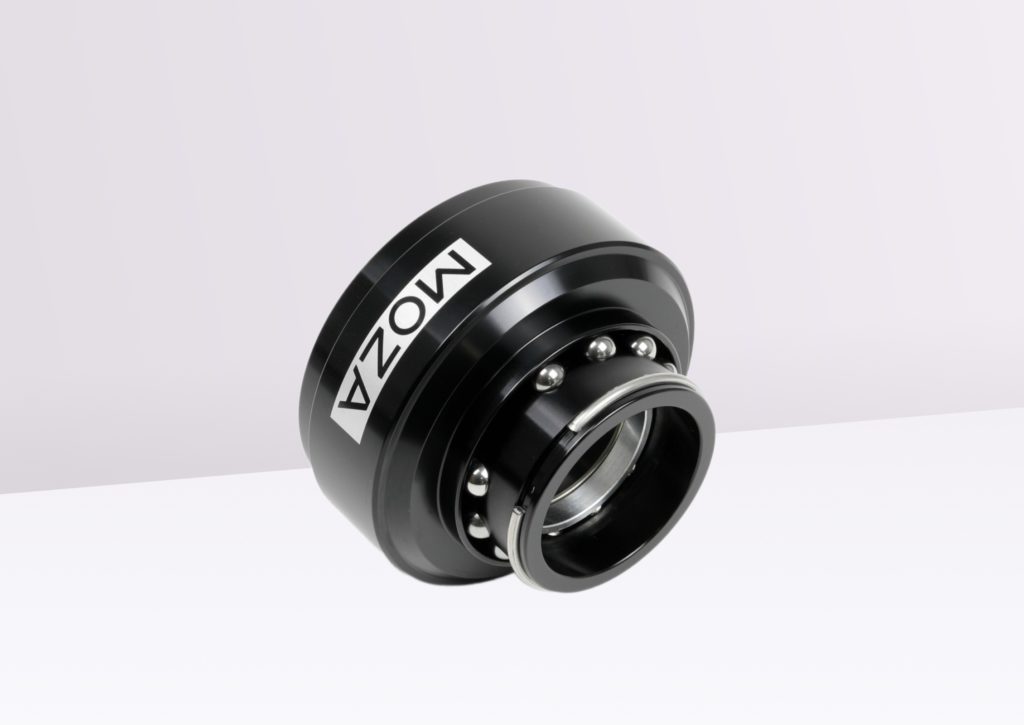
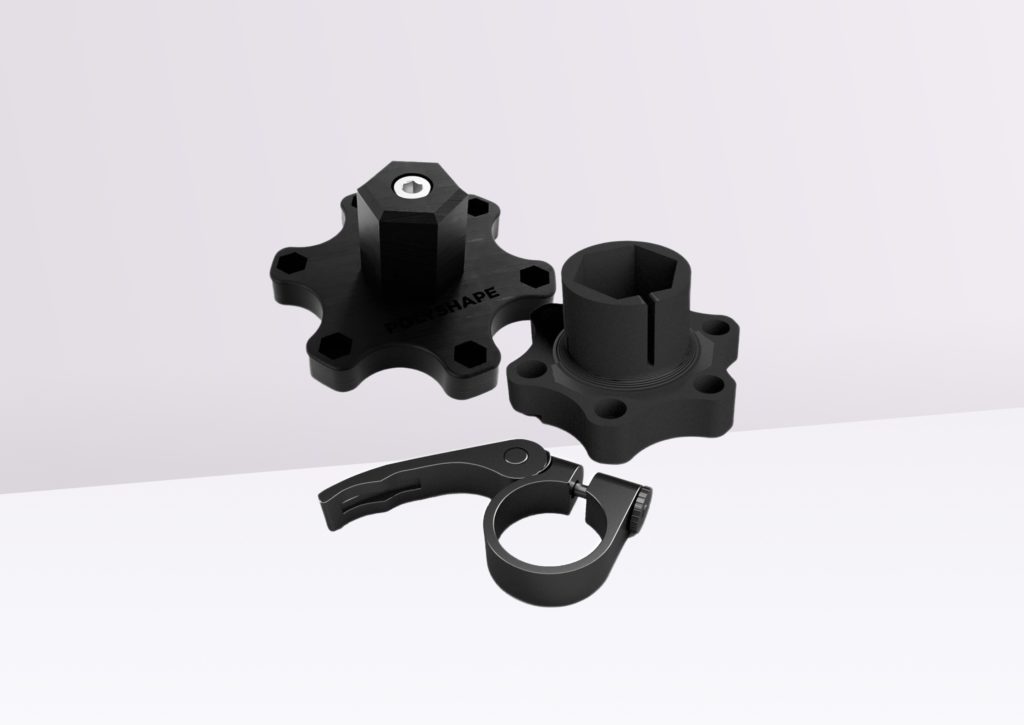

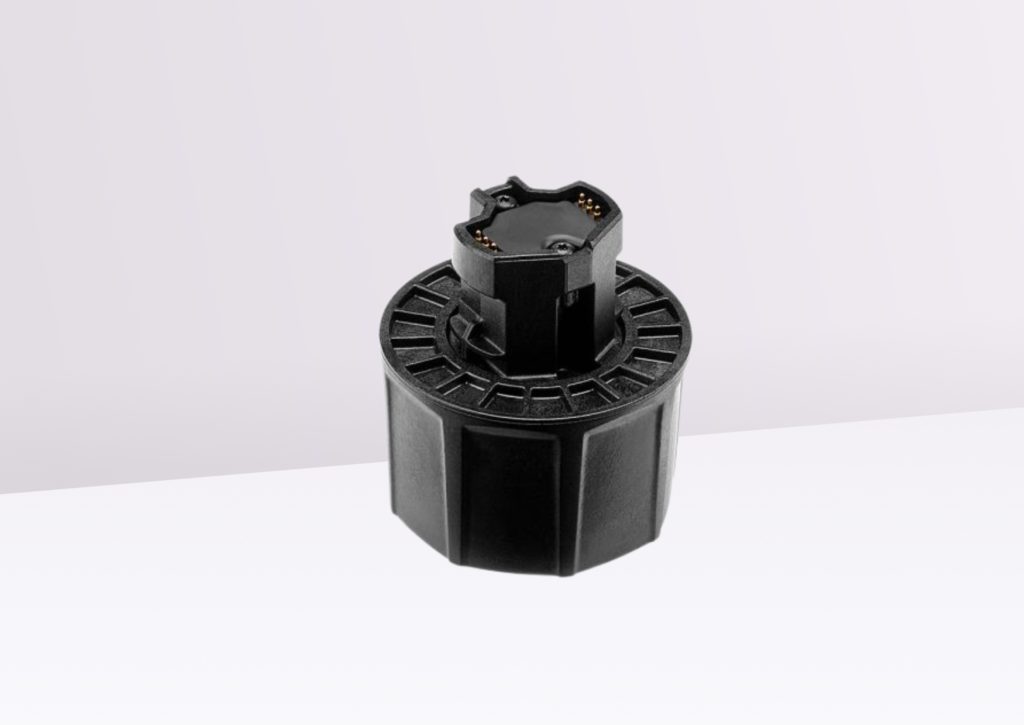
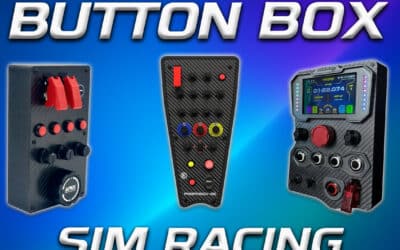
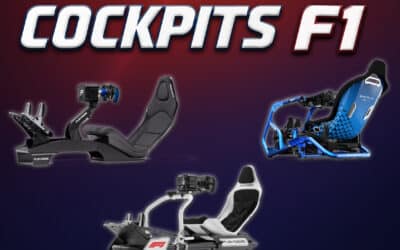
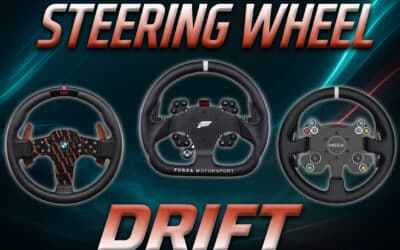
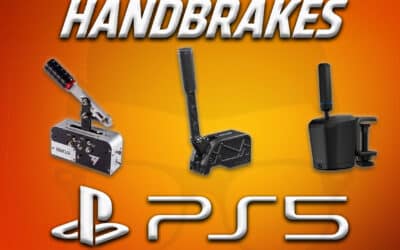
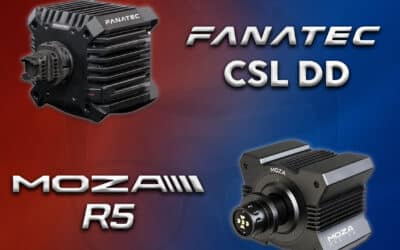
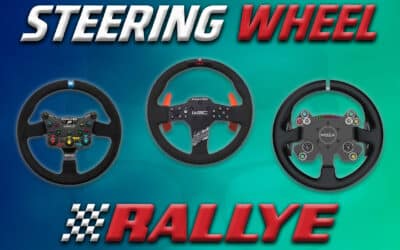
0 Comments